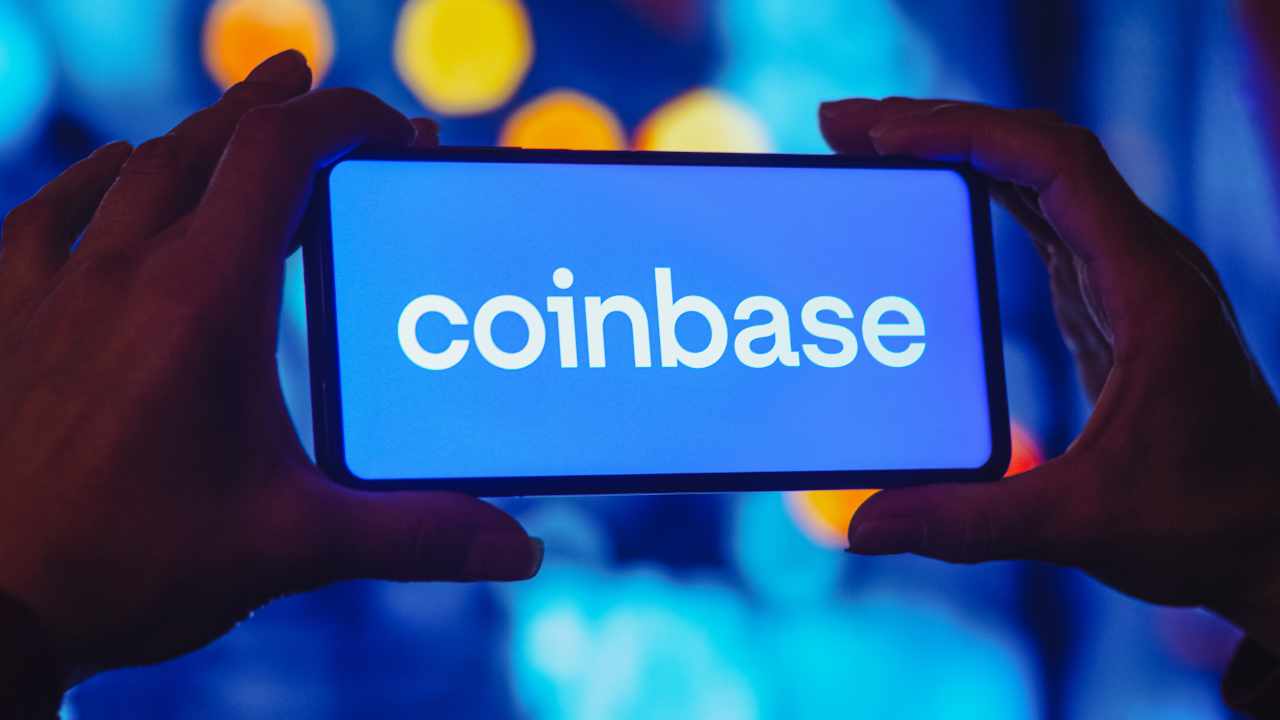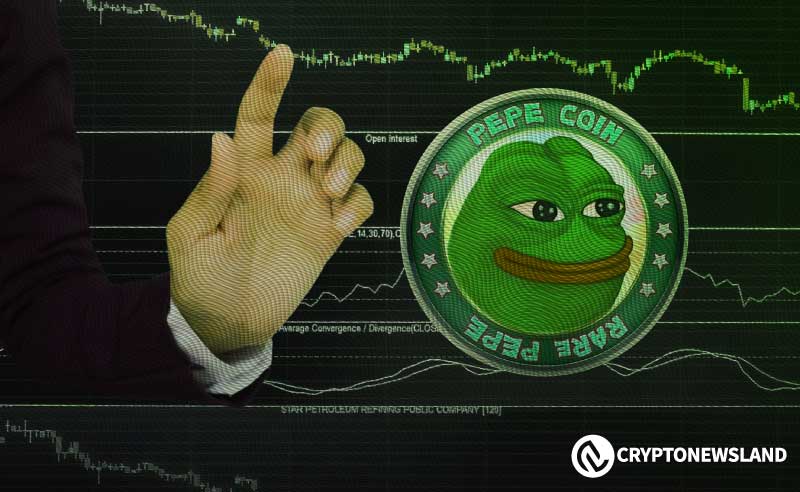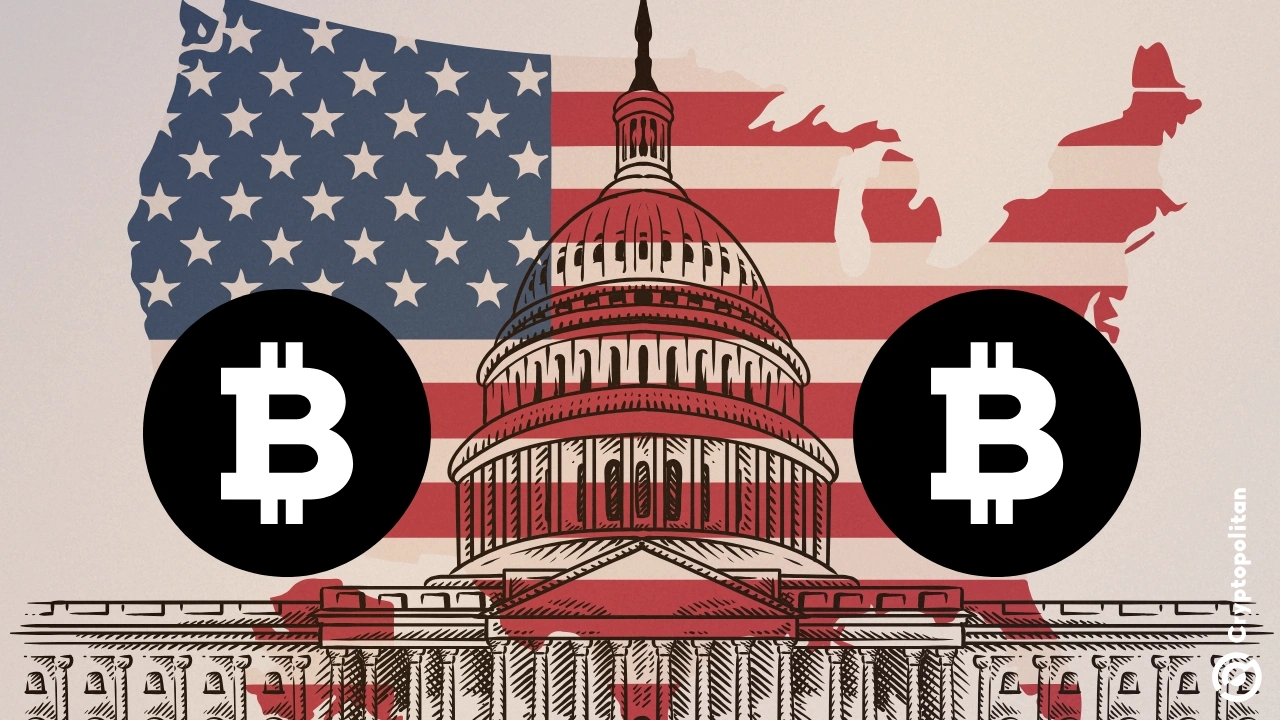
In recent months, the cryptocurrency market has witnessed significant fluctuations in trading volumes, particularly concerning stablecoins and decentralized finance (DeFi) platforms.
In fact, July 2024 saw a high point for stablecoin on-chain transactions, with a total volume of $997.4 billion. However, this momentum didn’t carry into August, when the volume dropped to $866.2 billion—an overall decrease of 13% .
This drop aligns with Bitcoin’s price retracement and a general downturn in trading activity, signaling a notable shift in market behavior.
Bitcoin’s Price Impact
Bitcoin’s price, which experienced a nearly 9% retracement in August, had a cascading effect on market activity.
When Bitcoin drops in value, it often triggers reduced trading volumes across other crypto assets, including stablecoins. Stablecoins, such as USDT and USDC, are typically used as safe havens during periods of high volatility. The decrease in their usage in August indicates that fewer traders were actively moving funds, possibly opting to hold their assets rather than sell them at a lower price.
Luckily, this trend highlights a more cautious yet optimistic market sentiment. The drop in stablecoin transaction volumes indicates that investors are choosing to hold their assets rather than react impulsively to short-term price movements. Rather than selling off their holdings or shifting funds hastily in response to Bitcoin’s price drop, investors appear to be adopting a wait-and-see approach, possibly anticipating a future rebound in Bitcoin’s value.
This behavior reflects a significant degree of confidence and stability within the investor community. It suggests that, despite the price fluctuations, many investors believe in the long-term potential of their assets and are not swayed by immediate market pressures. Instead of succumbing to panic selling, they are maintaining their positions and waiting for more favorable market conditions.
This stability among investors can be seen as a positive sign, indicating that they are managing their assets with a strategic mindset rather than reacting to short-term volatility.
DeFi Activity Follows Suit
The DeFi space mirrored this trend. According to DappRadar, the Total Value Locked (TVL) in DeFi dropped by 14% in August, totaling $144 billion . A decrease in DeFi volumes, particularly among key platforms, further underscores the broader market slowdown.
Moreover, Ethereum, the backbone of many DeFi applications, saw a significant price decline of 22%, which further dampened activity on DeFi protocols .
However, not all sectors were equally affected. For example, Avalanche’s C-Chain experienced a surge in DEX (decentralized exchange) trading volumes, reaching over $800 million in early August. This recovery highlights pockets of growth within the DeFi ecosystem, where faster transaction speeds and lower costs continue to attract traders . Nonetheless, overall DeFi activity, like stablecoin usage, was down as market sentiment remained cautious.
Trading Volume Decline
The drop in both stablecoin transactions and DeFi TVL can be traced back to reduced trading volumes in the broader crypto market. With Bitcoin and other major cryptocurrencies showing less volatility in August, traders likely saw fewer short-term opportunities to capitalize on price movements, leading to a slowdown in overall activity.
This is reflected in the reduced transaction volumes of stablecoins, which are often used to quickly move in and out of positions during volatile periods.
The correlation between Bitcoin’s price drop and the subsequent reduction in stablecoin and DeFi activity highlights a period of caution in the market. As Bitcoin lost value, trading slowed, and stablecoins—usually a refuge for traders during high volatility—saw less usage.
The DeFi market also took a hit, with a significant drop in TVL, further reinforcing the idea that traders and investors are taking a more measured approach.
The reduced trading volumes suggest that long-term holders might be anticipating a recovery, choosing to hold onto their assets rather than engage in active trading. While this might indicate reduced confidence in short-term market gains, it also points to growing patience among crypto investors, who are prepared to wait for the next upswing.











